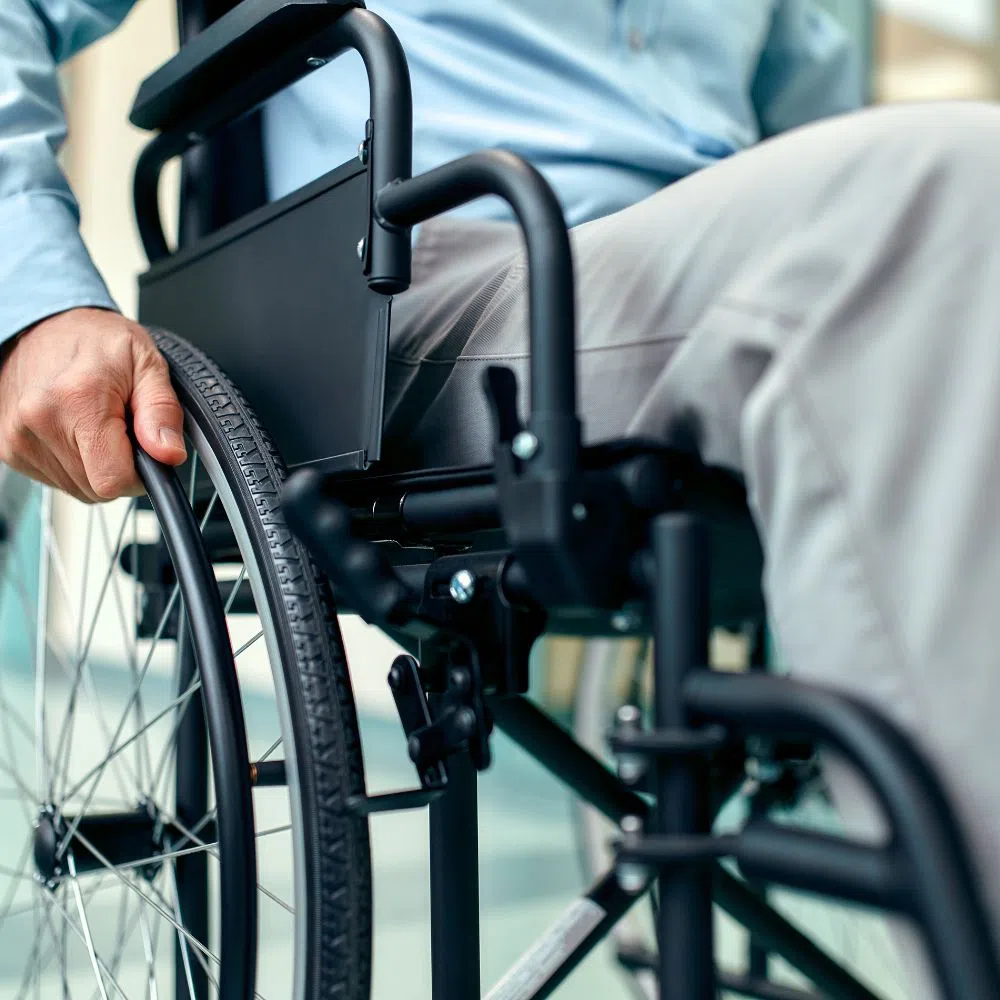Living with a disability doesn’t mean living a life of limitations. With the right strategies, tools, and mindset, individuals facing mobility challenges can enhance their independence and strive toward reaching their full potential. Here, we’ll explore how individuals with disabilities can improve mobility and navigate everyday hurdles with grace and determination.
The Power of Adaptive Equipment
Adaptive equipment is the lifeline that bridges the gap between the individual and their desired level of mobility. It can range from simple tools like grab bars and handrails to sophisticated devices like powered wheelchairs and mobility scooters.
Selecting adaptive equipment is pivotal, as it must align with the user’s specific needs, comfort, and lifestyle. You should consult physical therapists to ensure that the equipment suits your physical condition and is appropriate for your long-term mobility goals.
Unlocking Independence through Assistive Technology
Today’s mobility devices aren’t just for convenience and increasing independence. From smart home systems and personal digital assistants to mobile applications for navigation and accessibility, assistive technology is transforming the way mobility challenged individuals manage everyday tasks. Voice-controlled systems allow users to operate various devices and perform tasks through simple spoken commands, enhancing their range of independent activities.
Strengthening the Body for Improved Mobility
Physical fitness plays a critical role in improving and maintaining mobility. Through targeted exercises and routines, individuals with disabilities can enhance their strength, flexibility, and endurance. This may include chair exercises, resistance training, and water therapy, each contributing to a person’s overall physical well-being. If you need assistance on your journey, physical therapists are expert guides that can help you get where you need to go.
The Emotional and Psychological Side of the Mobility Journey
Enhancing mobility is more than just the physical aspect of getting around. It also involves navigating through life’s emotional and psychological dimensions. It’s important to acknowledge the emotional challenges of reduced mobility and build coping strategies to maintain a positive outlook. Remember, setting and achieving goals is a powerful motivator for enhanced mobility.
Making Choices for You and Your Needs
When it comes to enhancing mobility and independence, the most crucial factor is making choices that best align with your individual needs and lifestyle. It involves a holistic evaluation of your physical capabilities, daily activities, and long-term objectives. You don’t need to go out of your way to find reasons to choose a foldable wheelchair or purchase accessories for automotive assistance. Remember, the goal is to find a balance that maximizes your mobility while ensuring safety and well-being.
Enhancing mobility is an ongoing process, and for those with disabilities, the road can be challenging. But with the right mindset, support, and tools, every individual can take control of their mobility and lead a life of independence and fulfillment. There are various ways individuals with disabilities can improve mobility. Whether it’s with adaptive equipment, physical wellness, or improved emotional support, the right decision can help you achieve an enriched quality of life.















Comments